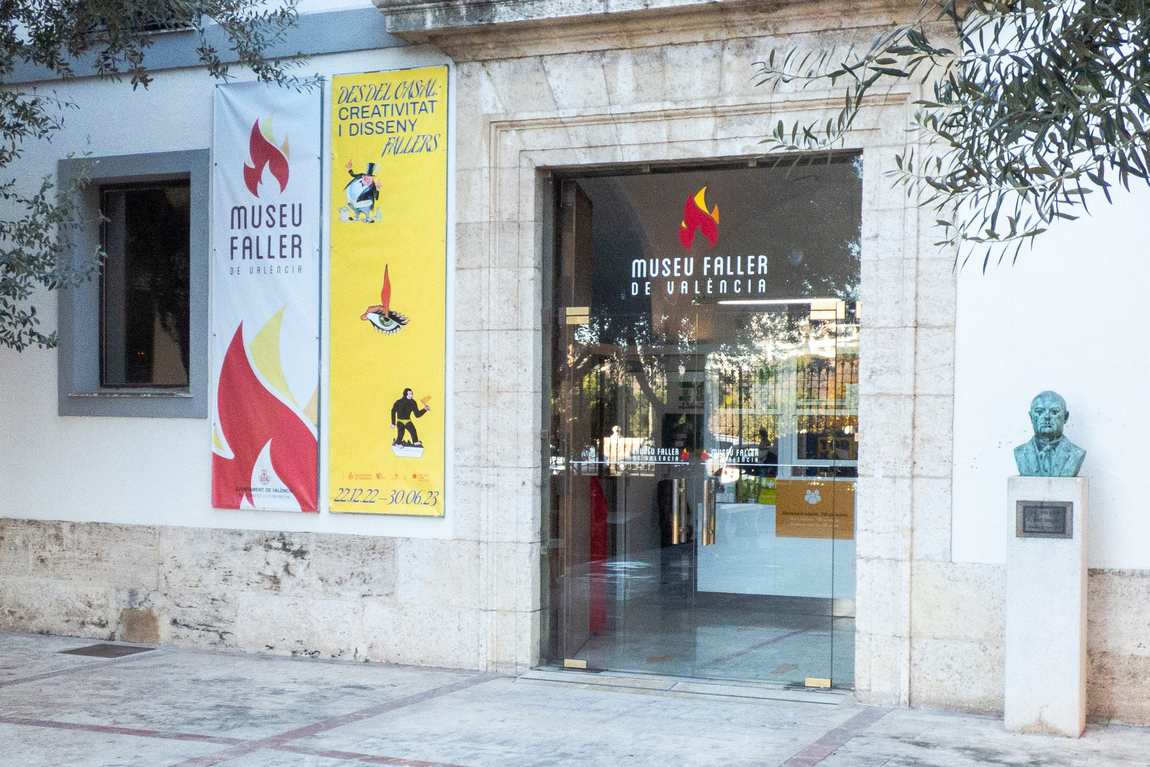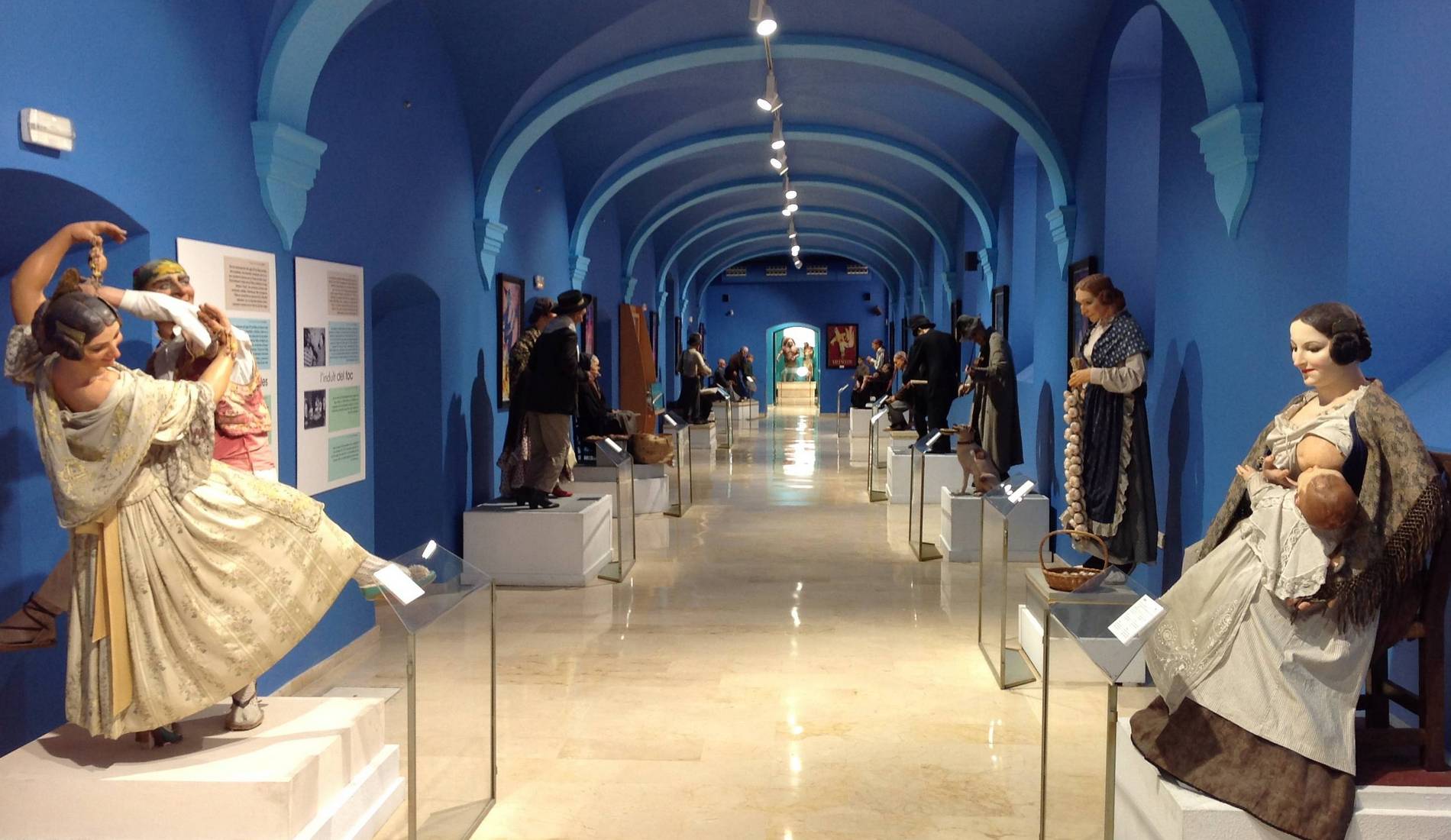Not all museums have their websites, and sometimes travellers quickly conclude that these places are insignificant and not worth a visit. But, for example, the Fallas Museum in Valencia has only a page on the city's official tourist website — and this is just proof of its significance: the Fallas festival is an integral part of the life of Valencia. And since not everyone manages to visit an unusual carnival, the city authorities decided to create a museum of the main attributes of the holiday — giant ninots dolls.
When and where is Las Fallas? The Fallas festival is held annually in different cities of the autonomous community of Valencia on March 14-19.
Why does Spain celebrate Las Fallas? It is believed that in the old days, on March 19, on the day of St. Joseph, carpenters burned old things, including stands for lamps — with the onset of spring, daylight hours lengthened, and lamps became unnecessary. In the 18th century, special figures began to be built for the holiday. Children are delighted with such entertainment in Valencia — wow, adults also like to play with dolls.

These days, the figures for the festivities are made from papier-mâché. Once the puppets have been driven through the main streets of Valencia, they are ceremoniously burned at stake to symbolise making room for new events in life (so people throw their old things into the great fire as well). Only one composition, voted best by the jury, is sent to the Museo de Fallas yearly.
The oldest figures on display were created in 1934. But regardless of the year of manufacture, all dolls have one thing in common — the authors' skill and good humour. The plots of the compositions can be very different, but there will never be an evil mockery in them — only irony. You can often see that the authors admired their models: whether it was an older woman with her granddaughter, a couple of flamenco dancers or street theatre actors. And some figures depict the creators of the puppets themselves.
Some of the compositions are striking in size: only a part of them is presented in the museum, and the photographs show that sculptures as high as a three-story building are moving along the streets. But children pay attention to the fact that in addition to the main composition — falla major, their children's versions were also created — falla infantil. The figurines of children are touching and funny. And the most exciting thing is that girls participate in the celebration: princesses and the Queen of Fallas are chosen among them. Therefore, not only artists are preparing for the holiday — creating an outfit for a girl is no less important.

However, the future queen has little choice: she can only wear the national Valencian costume. Portraits of queens are also presented in the museum, and we must admit, they look simply luxurious.
An entire hall of Museu Faller is dedicated to the work of sculptors who create ninots. According to the sketch by the artist, a clay model is made, and then it is cast from plaster and divided into parts. Each part will become the basis for the papier-mâché part. The finished fragments are assembled into a sculpture and painted. In the museum, you can see every stage, from a cast without recognizable features to a statue that seems to be alive.
Did you know another giant figure is not far from the museum? Be sure to visit Gulliver's Playground with your children: this is a place where the plot of Gulliver's journey to the land of the Lilliputians is played out.











